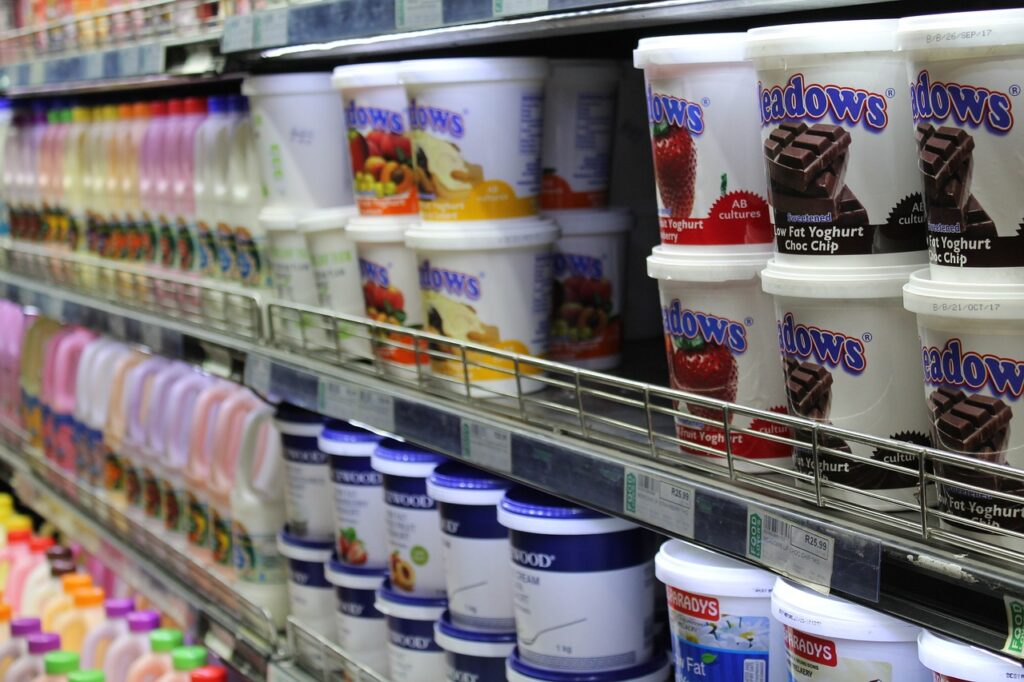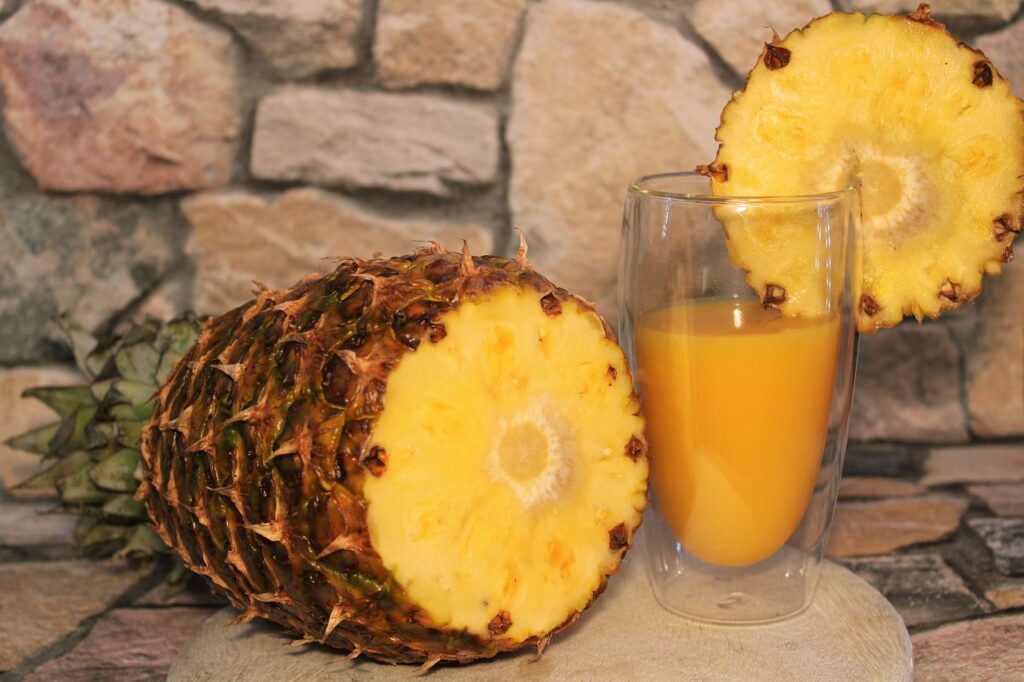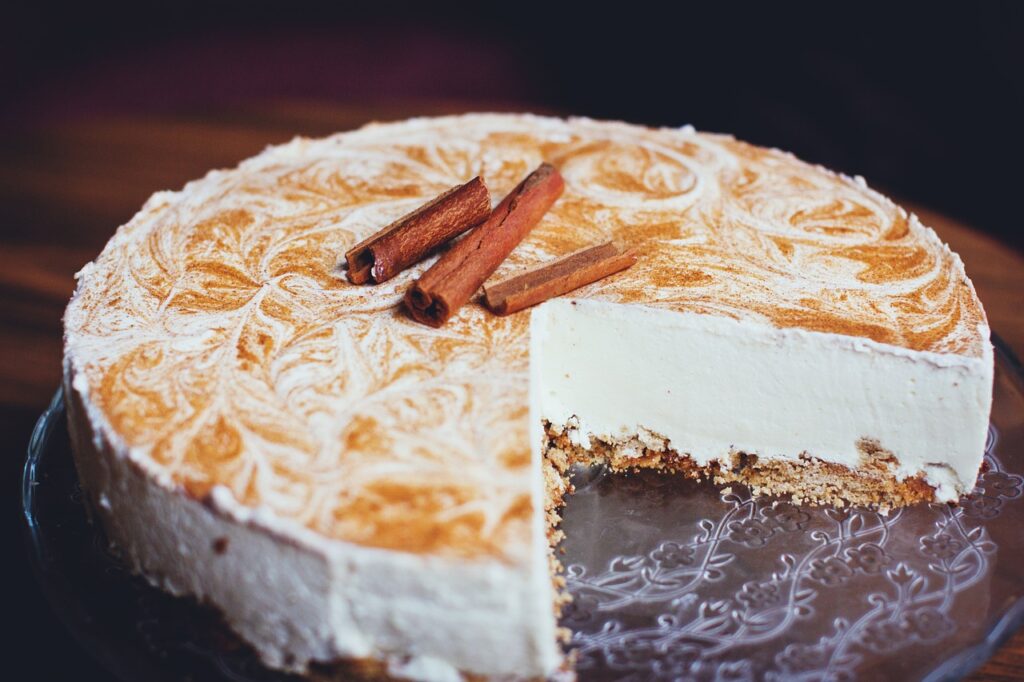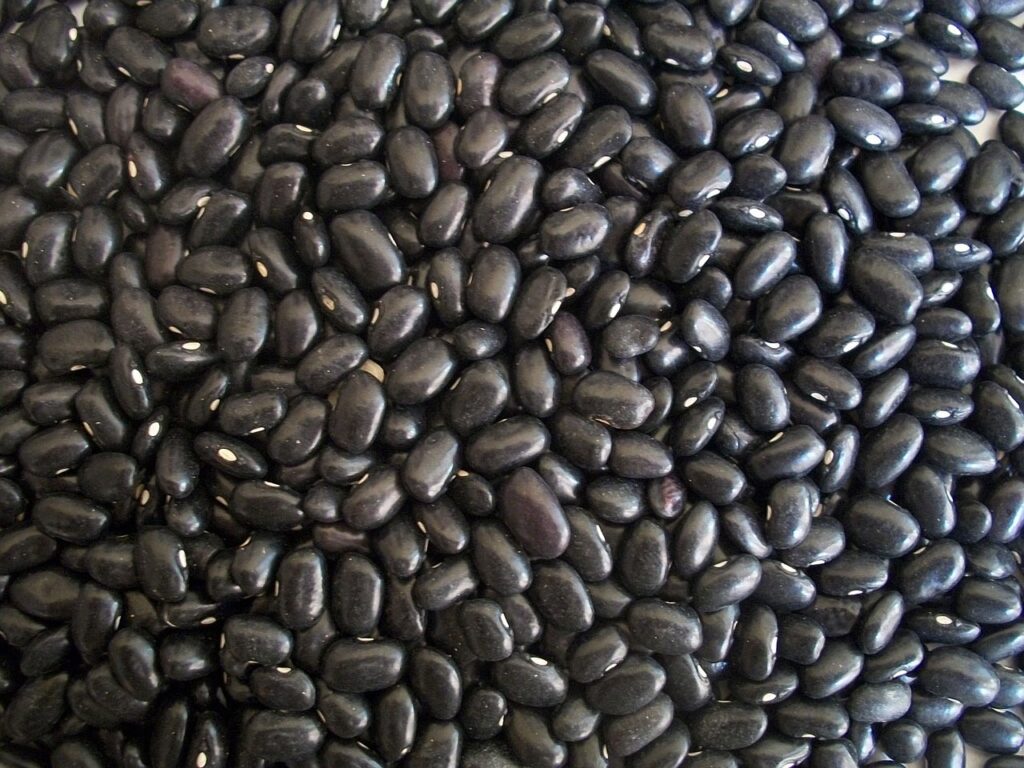You've decided to follow a gluten-free keto diet, but you're also avoiding dairy. You may be wondering what options are left for you. Well, fear not! There are actually plenty of delicious and satisfying choices available to you.
From nutrient-packed vegetables to protein-rich meats and seafood, you'll still have a wide range of options to choose from. But that's not all, there are also dairy-free milk alternatives, flavorful herbs and spices, and even indulgent desserts that fit your dietary needs.
So, let's explore the top gluten-free keto options without dairy and discover a world of delicious possibilities.
Keto-friendly Vegetables

Leafy greens like spinach and kale are excellent options for incorporating keto-friendly vegetables into your diet. These gluten-free and dairy-free vegetables aren't only low in carbs but also packed with essential vitamins and minerals. Spinach, for example, is rich in iron and vitamin K, while kale is a great source of vitamin C and antioxidants. Both of these leafy greens can be enjoyed in salads, sautéed as a side dish, or blended into smoothies for a nutrient boost.
Cruciferous vegetables such as broccoli and cauliflower are also low in carbs and suitable for the keto diet. These vegetables aren't only gluten-free and dairy-free but also provide a good amount of fiber, which can help with digestion and promote a feeling of fullness. Bell peppers and zucchini are versatile options for keto-friendly vegetable dishes. They can be roasted, stir-fried, or used as a base for keto-friendly pizza crusts or pasta alternatives.
Asparagus and green beans are other low-carb vegetables that can be included in a keto meal plan. They aren't only gluten-free and dairy-free but also provide important nutrients like folate and vitamin C. Lastly, avocados, although technically a fruit, are a nutrient-dense and low-carb option for the keto diet. They're high in healthy fats, fiber, and potassium, making them a great addition to salads, smoothies, or as a topping for keto-friendly bread.
Incorporating these gluten-free, keto-friendly vegetables into your diet can help you meet your nutritional needs while following a dairy-free lifestyle. They provide a variety of vitamins, minerals, and fiber without adding unnecessary carbs. So, make sure to include leafy greens, cruciferous vegetables, bell peppers, zucchini, asparagus, green beans, and avocados in your keto meal plan for a well-rounded and delicious dairy-free experience.
Protein-rich Meat and Seafood
When following a gluten-free keto diet without dairy, protein-rich meat and seafood are essential for meeting your nutritional needs. Options like salmon, chicken, beef, and shrimp provide ample protein while being low in carbs and free from dairy.
Incorporating these protein-rich alternatives into your meals ensures that you can enjoy a variety of flavors while staying on track with your dietary goals.
Meat Options
Incorporating protein-rich meat and seafood into a gluten-free keto diet can provide essential nutrients and support muscle health.
Here are three meat options that are perfect for a gluten-free keto diet without dairy:
- Grass-fed beef: This meat option isn't only rich in protein but also contains healthy fats, such as omega-3 fatty acids. It's low in carbohydrates, making it ideal for weight loss on a keto diet.
- Wild-caught fish: Fish like salmon, mackerel, and sardines are excellent choices for those following a gluten-free keto diet. They're high in protein and packed with omega-3 fatty acids, which promote heart health and reduce inflammation.
- Pastured poultry: Chicken and turkey that are raised on pasture provide a great source of protein without dairy or gluten. These lean meats are low in carbohydrates and can be enjoyed on a keto diet for weight loss.
Seafood Choices
To continue exploring protein-rich meat options for a gluten-free keto diet without dairy, let's now turn our attention to the wide array of seafood choices available. Seafood is an excellent choice for those following a gluten-free and dairy-free keto diet because it's rich in protein and low in carbohydrates.
Salmon, tuna, shrimp, and cod are just a few examples of seafood that aren't only delicious but also provide essential omega-3 fatty acids. These fatty acids have been shown to have numerous health benefits, including reducing inflammation and improving heart health.
Seafood can be prepared in a variety of ways, such as grilling, baking, or pan-searing, making it a versatile option for keto meals. By incorporating seafood into your diet, you can enjoy a satisfying and nutrient-dense alternative to dairy and gluten-containing protein sources.
Protein-Rich Alternatives
Include a variety of protein-rich meat and seafood options in your gluten-free keto diet without dairy to ensure you're getting essential nutrients while enjoying delicious and versatile meals. Here are three low-carb options that can be incorporated into your keto recipes:
- Chicken and Turkey: These lean meats are excellent sources of protein and can be prepared in various ways, such as grilling, baking, or sautéing. Opt for skinless cuts to keep the fat content low. Use ghee or coconut oil for cooking to add flavor without dairy.
- Beef: Look for lean cuts like sirloin, tenderloin, or ground beef with a lower fat percentage. Beef is rich in protein and essential nutrients like iron and vitamin B12. Season with herbs and spices for added flavor while keeping your gluten-free keto diet on track.
- Fish and Shellfish: Salmon, tuna, and shrimp are great choices for protein-rich alternatives. These seafood options aren't only low in carbs but also rich in omega-3 fatty acids. Grill or bake fish fillets and toss shrimp into stir-fries or salads for a satisfying gluten-free keto meal without dairy.
Nutritious Nuts and Seeds
Nuts and seeds are packed with essential nutrients, making them an excellent addition to a gluten-free keto diet. They offer a range of health benefits, including providing healthy fats, protein, fiber, and various vitamins and minerals.
With their versatility, you can use nuts and seeds to create delicious and nutritious dairy-free keto snacks and recipes.
Health Benefits of Nuts
Packed with essential nutrients and known for their numerous health benefits, nuts and seeds are a nutritious addition to any diet.
Here are three health benefits of incorporating nuts into your gluten-free keto options:
- Heart Health: Nuts are rich in heart-healthy fats, such as monounsaturated and polyunsaturated fats. These fats can help lower bad cholesterol levels and reduce the risk of heart disease.
- Weight Management: Despite their high calorie content, nuts can actually aid in weight management. Their combination of healthy fats, protein, and fiber helps you feel full and satisfied, reducing the likelihood of overeating.
- Brain Function: Nuts contain an array of nutrients, including vitamin E and omega-3 fatty acids, which are essential for brain health. Regular consumption of nuts has been linked to improved cognitive function and a reduced risk of age-related cognitive decline.
Seed Alternatives for Dairy
Looking for dairy alternatives for your gluten-free keto options? Consider incorporating nutrient-dense seeds into your diet.
Chia seeds and flaxseeds are excellent choices as they're rich in healthy fats, fiber, and essential minerals. These seeds can be used in various ways, such as adding them to your keto breakfast smoothies or using them as a replacement for eggs in baking recipes.
Hemp seeds and sunflower seeds are also great options, providing a good amount of protein and healthy fats. Pumpkin seeds and sesame seeds offer additional benefits, including minerals and antioxidants that are suitable for a dairy-free keto diet.
To add more variety to your meals, try using dairy-free seed butters like sunflower seed butter or pumpkin seed butter.
Incorporating a variety of seeds into your diet can provide essential nutrients for those following a dairy-free keto lifestyle.
Nutritious Nut-Based Recipes
To continue exploring dairy-free options for your gluten-free keto diet, consider incorporating nutritious nut-based recipes into your meals. Nuts and seeds are packed with healthy fats and protein, making them an excellent choice for a gluten-free keto lifestyle. Here are three delicious and nutrient-dense nut-based recipes to try:
- Nut-based snacks and smoothies:
Snack on a handful of almonds or walnuts for a quick and satisfying boost of energy. You can also blend almond milk, spinach, and a scoop of almond butter for a creamy and dairy-free smoothie.
- Nut-based waffles and crusts:
Make gluten-free keto waffles using almond flour or cashew flour. These nut-based waffles aren't only delicious but also provide a healthy dose of fats and fiber. You can also use ground almonds or pecans to make a flavorful and gluten-free crust for your keto-friendly pizzas or quiches.
- Nut-based soups and salads:
Add chopped almonds, pumpkin seeds, or sunflower seeds to your salads for extra crunch and nutrition. You can also blend cashews or macadamia nuts with vegetables to create a creamy and dairy-free soup.
Incorporating these nut-based recipes into your gluten-free keto diet will provide you with a variety of nutritious options, even though you're avoiding dairy. Enjoy the flavors and health benefits of these delicious nut-based dishes.
Healthy Fats for a Keto Diet
Incorporating a variety of healthy fats into your keto diet is essential for sustaining energy levels and promoting ketosis. Healthy fats not only provide a source of long-lasting energy, but they also offer numerous benefits for your overall health. When following a keto diet, it's crucial to prioritize healthy fats that can help with satiety, nutrient absorption, and overall well-being.
Good sources of healthy fats for a keto diet include avocados, olive oil, coconut oil, nuts, and seeds. These fats are rich in monounsaturated and polyunsaturated fats, which are known to have positive effects on heart health. They also contain important nutrients such as vitamin E, omega-3 fatty acids, and antioxidants.
Incorporating these healthy fats into your meals is easy. Avocados can be sliced and added to salads or used as a spread on keto-friendly bread. Olive oil and coconut oil can be used for cooking or as dressings for salads and vegetables. Nuts and seeds can be enjoyed as snacks or added to dishes for an extra crunch.
When choosing healthy fats for your keto diet, it's important to prioritize quality and variety. This ensures that you're getting a well-rounded nutrient intake and reaping the full benefits of these healthy fats. So, make sure to include a variety of healthy fats in your keto meals to support your energy levels, promote ketosis, and optimize your overall health.
Flavorful Herbs and Spices

Did you know that herbs and spices can enhance the flavor of your gluten-free keto dishes without the need for dairy?
Adding herbs like basil, oregano, thyme, and rosemary can bring depth to your meals, while cilantro can add a refreshing touch.
Don't be afraid to experiment with spices such as cumin, turmeric, paprika, and chili powder to give your dishes a flavorful boost.
Benefits of Herbs
Herbs, with their rich flavors and aromas, enhance the overall taste experience of dishes, providing a natural way to season food while offering numerous health benefits. Incorporating herbs into your cooking not only adds depth and complexity to your meals but also brings a host of nutritional advantages.
Here are three benefits of herbs:
- Health benefits: Many herbs possess medicinal properties that can promote overall well-being. For example, basil has anti-inflammatory properties, while oregano is rich in antioxidants. These compounds can help reduce inflammation in the body and protect against oxidative stress.
- Culinary uses: Herbs are incredibly versatile and can be used in a wide range of dishes. From adding freshness to salads and soups to infusing oils for marinades and dressings, herbs bring a burst of flavor to any recipe. Experimenting with different combinations of herbs can elevate the taste of your dishes and make healthy eating more enjoyable.
- Growing herbs: Growing your own herbs isn't only cost-effective but also allows you to have a fresh supply at your fingertips. Whether you have a garden or a small windowsill, herbs can be easily grown in pots or containers. This way, you can always have access to flavorful herbs and reap their health benefits whenever you need them.
Incorporating herbs into your cooking is a simple and delicious way to enhance the taste of your dishes while reaping the numerous health benefits they offer. So why not start experimenting with different herbs and enjoy the flavorful journey they take you on?
Popular Spice Options
Cumin, paprika, turmeric, garlic powder, and cinnamon are popular spice options that add a burst of flavor to a variety of dishes. When following a gluten-free keto diet, it's important to find seasonings that aren't only flavorful but also compliant with the diet's restrictions. These spices fit the bill, making them excellent choices for enhancing your meals while staying on track with your health goals.
Cooking with spices can elevate the taste of your dishes without adding unnecessary calories or carbohydrates. Cumin, with its warm and earthy flavor, pairs well with curries, chili, and roasted vegetables.
Paprika, on the other hand, offers a mild and sweet taste, along with a vibrant color that can be used to season meats, soups, and stews.
Turmeric is a spice that not only adds a subtle peppery flavor but also brings a bright yellow hue to your dishes. It's known for its anti-inflammatory properties, making it a great addition to your keto-friendly seasonings.
Garlic powder, a convenient substitute for fresh garlic, adds a savory and garlicky taste to recipes. It works well with various meats and vegetables.
Lastly, cinnamon can provide a sweet and warm flavor to both sweet and savory keto recipes. It can be added to smoothies, baked goods, and even curries to enhance the taste profile.
These spice options are versatile and can be used as excellent spice substitutes in your gluten-free keto cooking.
Low-carb Fruits for a Sweet Treat
Incorporating a variety of low-carb fruits like berries, avocados, and tomatoes can provide a delicious and satisfying sweet treat while maintaining a low-carb, dairy-free keto lifestyle.
Here are three ideas to enjoy low-carb fruits on your keto journey:
- Keto Smoothie Recipes:
Blend together a combination of low-carb fruits like strawberries, raspberries, or avocado with unsweetened almond milk or coconut milk. Add a scoop of low-carb protein powder for an extra boost of nutrition. This dairy-free keto smoothie is a refreshing and filling option for breakfast or a midday snack.
- Dairy-Free Keto Snacks:
Create a fruit salad using low-carb fruits such as blackberries, blueberries, and sliced cucumbers. Toss them together with a squeeze of lemon juice for a tangy twist. This refreshing and fiber-rich snack will keep you satisfied while staying within your low-carb, dairy-free keto goals.
- Low Carb Fruit Salad Ideas:
Combine diced tomatoes, cucumbers, and avocado for a savory twist on a traditional fruit salad. Drizzle with olive oil, sprinkle with salt and pepper, and garnish with fresh herbs like basil or cilantro. This low-carb, dairy-free keto fruit salad is packed with nutrients and flavor.
Enjoy the natural sweetness of these low-carb fruits while maintaining your keto lifestyle without dairy. Whether in a smoothie, as a snack, or in a salad, these options will surely satisfy your sweet cravings.
Gluten-free Grains and Flours

To incorporate gluten-free grains and flours into your keto diet, there are a variety of options available that can add both flavor and nutritional value to your meals.
One popular choice is almond flour, which isn't only gluten-free but also low in carbs and high in healthy fats. Almond flour can be used as a substitute for traditional grain flours in a wide range of keto recipes, from breads and muffins to pancakes and cookies. It provides a nutty flavor and a moist texture to your dishes.
Another gluten-free grain that can be incorporated into your keto diet is quinoa. Quinoa is a complete protein and a good source of fiber, making it a nutritious addition to your meals. You can use quinoa in various recipes, such as salads, stir-fries, and even as a substitute for rice or pasta.
If you're looking for a starch that can be used for thickening sauces or baking, tapioca flour and arrowroot powder are great options. They're both gluten-free and can give your dishes a smooth and creamy texture. You can use tapioca flour or arrowroot powder as substitutes for traditional thickeners like cornstarch or wheat flour.
Incorporating gluten-free grains and flours into your keto diet not only adds variety to your meals but also allows you to enjoy the benefits of these nutritious ingredients. Whether you choose almond flour, quinoa, or tapioca flour, experimenting with different gluten-free options can open up a world of creative and delicious keto-friendly recipes.
Dairy-free Milk Alternatives
Almond milk and coconut milk are two popular dairy-free milk alternatives that can be incorporated into a keto diet. These dairy-free milk alternatives offer a variety of benefits and can be used in cooking, baking, and as a beverage on a keto diet.
Here are three options to consider:
- Almond milk: Made from ground almonds and water, almond milk is a creamy and nutty alternative to dairy milk. It's low in carbs and calories, making it a suitable choice for those following a keto diet. Almond milk is also rich in vitamin E, which is an antioxidant that supports healthy skin and immune function.
- Coconut milk: Derived from the flesh of coconuts, coconut milk is a creamy and slightly sweet dairy-free alternative. It's high in healthy fats, which are essential for maintaining ketosis on a keto diet. Coconut milk also contains lauric acid, a type of fatty acid that has antimicrobial properties and supports gut health.
- Hemp milk: Made from hemp seeds, hemp milk is a nutritious dairy-free option. It's rich in omega-3 fatty acids, which have been shown to reduce inflammation and support heart health. Hemp milk also contains all nine essential amino acids, making it a complete source of protein.
When choosing dairy-free milk alternatives for a keto diet, opt for unsweetened varieties to avoid added sugars. These milk alternatives can be used in various recipes, including dairy-free baking, to add flavor and richness without compromising your dietary needs.
Incorporating dairy-free milk alternatives into your keto diet can provide you with the benefits of unsweetened milk while adhering to your dietary restrictions.
Sugar Substitutes for Baking

When baking on a keto diet, it's important to consider sugar substitutes that are low in carbs and won't spike blood sugar levels. Experimenting with sweetness is key to finding the right balance in your keto baking. Some popular sugar substitutes for baking on a keto diet include erythritol, stevia, monk fruit, and xylitol.
These sugar substitutes are known for their low carb content and ability to provide sweetness without causing a significant rise in blood sugar levels. However, it's important to be mindful of their sweetness level and potential cooling effect when using them in baking recipes.
Erythritol is a sugar alcohol that's commonly used in keto baking. It has a similar taste to sugar and doesn't have a cooling effect like some other sugar substitutes. Stevia, on the other hand, is a natural sweetener derived from the stevia plant. It's intensely sweet, so a little goes a long way.
Monk fruit is another popular option for keto baking. It's a natural sweetener that contains zero carbs and calories. Xylitol, a sugar alcohol, can also be used in keto baking. It has a similar sweetness to sugar and is often used as a 1:1 replacement.
To achieve the optimal balance of sweetness and texture in your keto baked goods, you may want to consider combining different sugar substitutes. This can help you customize the taste and achieve the desired results while keeping the carb count low. It's all about finding what works best for your personal preferences and dietary needs.
Snack Options for On-the-go
For those following a gluten-free, dairy-free keto diet, finding convenient and satisfying snack options for on-the-go is essential to support your dietary needs and keep you fueled throughout the day.
Luckily, there are plenty of keto-friendly snack recipes and portable options that are both delicious and nourishing. Here are three snack ideas that will help you stay on track with your gluten-free, dairy-free keto lifestyle:
- Nuts and Seeds: A handful of almonds, walnuts, or pumpkin seeds can provide a satisfying crunch and a healthy dose of fats. These snacks are packed with nutrients and are easy to carry in a small bag or container.
- Avocado Boats: Avocados are a great source of healthy fats and can be easily turned into a portable snack. Simply halve an avocado, remove the pit, and fill the hollow with toppings like diced tomatoes, chopped bacon, or a sprinkle of sea salt.
- Veggie Sticks with Guacamole: Cut up some celery, cucumber, or bell peppers and pair them with a homemade guacamole. Guacamole isn't only delicious but also provides a good amount of healthy fats and fiber.
With these snack options, you can enjoy the benefits of a gluten-free keto diet while still having convenient and satisfying on-the-go options to keep you going throughout the day.
Indulgent Desserts Without Dairy

If you're following a gluten-free, dairy-free keto diet, indulging in decadent desserts without dairy isn't only possible but also incredibly satisfying.
There are plenty of options available that will satisfy your sweet tooth while keeping you on track with your dietary restrictions.
Almond-based treats are a popular choice for those looking for dairy alternatives. Almond butter can be used as a base for cookies, brownies, and even fudge. Its rich and creamy texture makes for a perfect dairy-free substitute.
Coconut milk desserts are another great option. Coconut milk is naturally dairy-free and can be used to make creamy puddings, custards, and even ice cream.
You can also find dairy-free chocolate alternatives to satisfy your chocolate cravings. Look for dark chocolate that's labeled as dairy-free or opt for cocoa powder to add a rich chocolate flavor to your desserts.
With these options, you can enjoy indulgent desserts without dairy while staying true to your gluten-free keto lifestyle.
Conclusion
In conclusion, following a gluten-free keto diet without dairy can still offer plenty of delicious options. Did you know that there are over 50 different types of leafy greens to choose from? This variety allows for endless possibilities in creating nutritious and satisfying meals.
By incorporating lean proteins, healthy fats, and non-dairy alternatives, you can enjoy a diverse range of flavors while maintaining your diet goals. Remember to plan ahead, read labels, and stay hydrated for a successful gluten-free keto journey.







